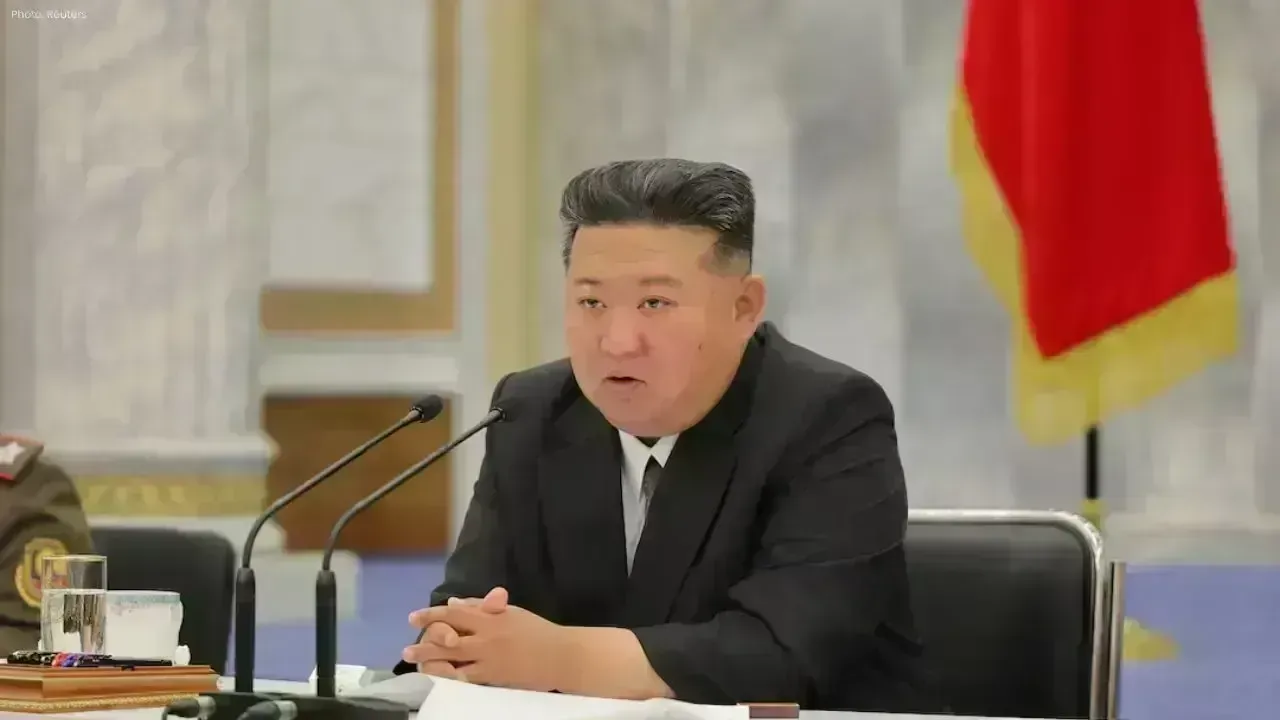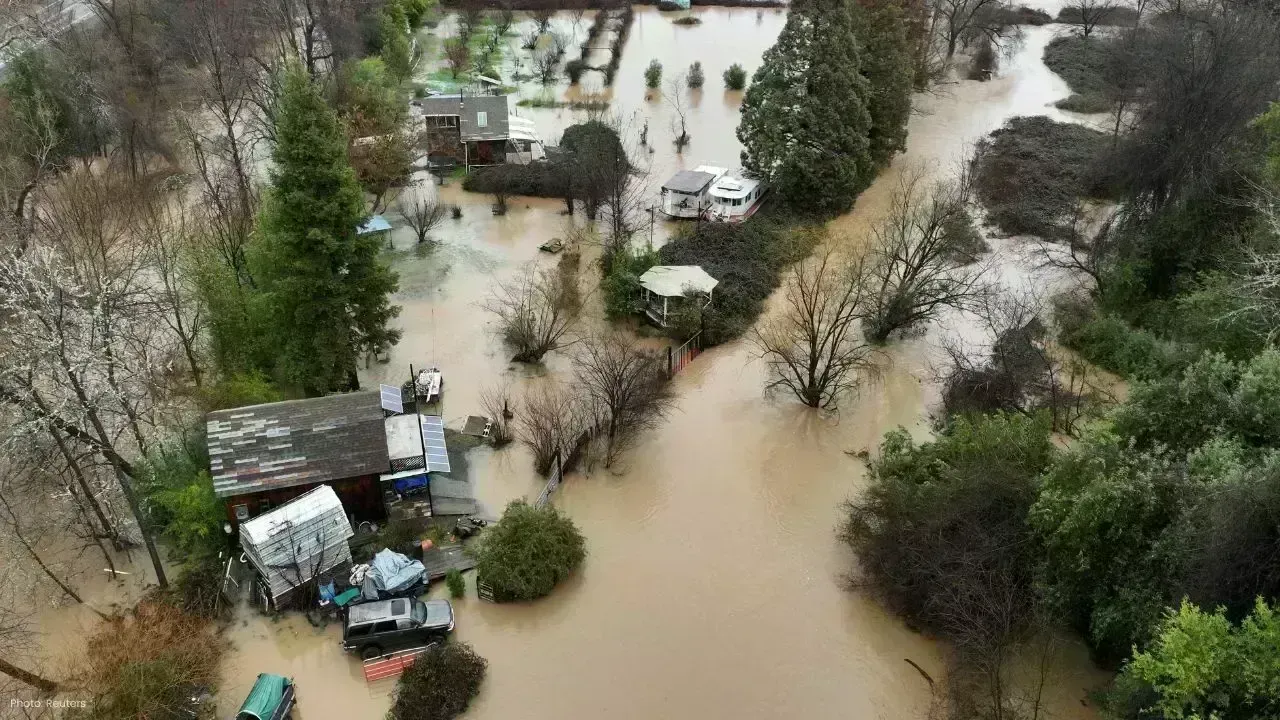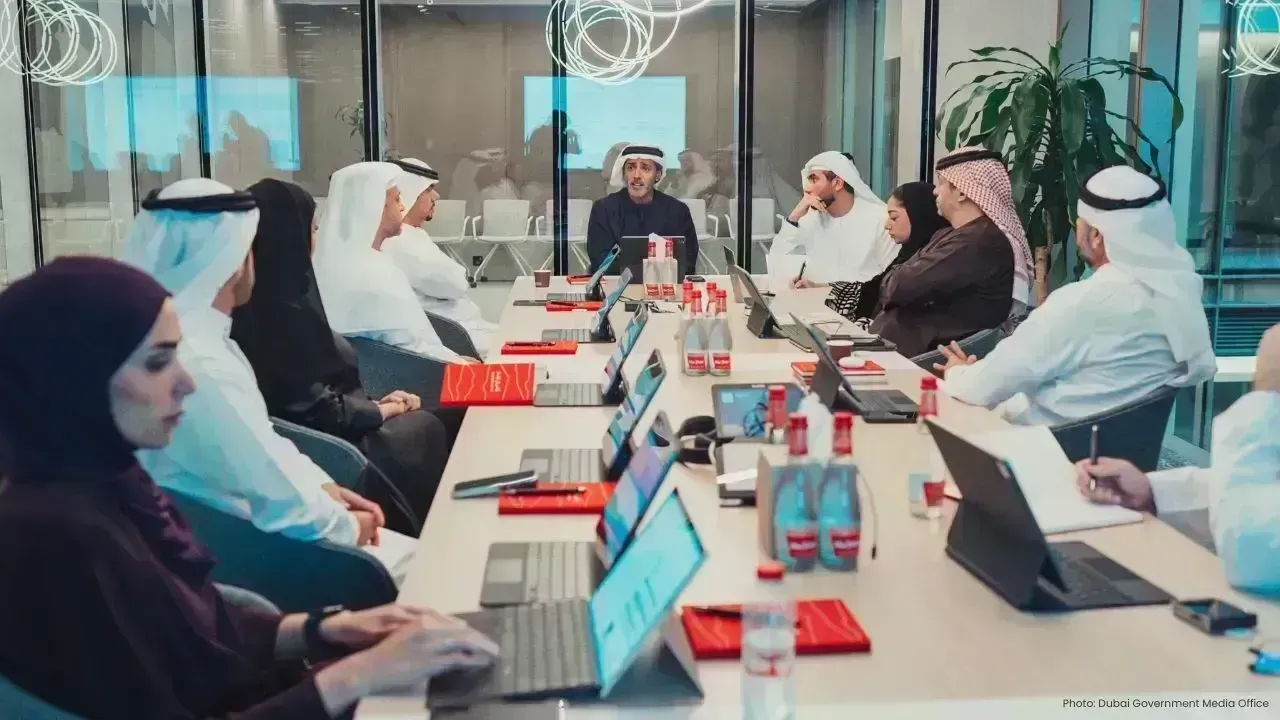You have not yet added any article to your bookmarks!

Join 10k+ people to get notified about new posts, news and tips.
Do not worry we don't spam!

Post by : Anis Farhan
Photo: Reuters
In the early hours of June 22, the skies above an undisclosed region witnessed something that had been planned in silence for months. The United States deployed its highly classified B‑2 Spirit stealth bombers to carry out a long-range strike on underground nuclear weapons facilities. These were not ordinary buildings. Deep below the surface, fortified bunkers were believed to hold weapons-grade material and components capable of triggering widespread destruction.
The bombers flew more than 12,000 kilometers in total, supported by mid-air refueling and diversionary aircraft that misled radar systems. The entire operation, lasting nearly 37 hours, was conducted with strict secrecy until every jet safely returned. Once completed, the mission was publicly confirmed—revealing a clear message: threats hidden underground are no longer safe.
Central to this operation was the use of the GBU‑57, known as the Massive Ordnance Penetrator. This bomb, one of the heaviest ever carried in active service, is designed to cut through reinforced concrete and steel before exploding deep underground. Until now, this technology had been mostly theoretical in combat use. Its deployment in this strike demonstrates a major turning point in the type of warfare the world may face moving forward.
The B‑2 bomber, unlike any other aircraft in service, is capable of delivering such massive weapons while remaining virtually undetected. Combining stealth with destructive precision, the aircraft’s role in this mission has reignited conversations about how modern militaries handle evolving nuclear risks—especially in regions where underground development is preferred for secrecy.
This strike wasn’t just about one target—it was about setting a precedent. By using a low-visibility, high-impact method, the operation showed that even the most deeply buried threats can now be reached. Officials stated that the mission was meant to eliminate facilities believed to be nearing active weapons production. The timing of the attack, just days before a major international summit, also signals its role in geopolitical messaging.
While no nation was directly named, the implications are clear. Military powers are now relying more on precision, technology, and speed rather than large-scale ground invasions. The global reaction has been mixed—some have called it a necessary measure in an increasingly unstable world, while others fear it may set the stage for more silent escalations in conflict zones.
This article is based on publicly available reports, military briefings, and global news coverage as of June 2025. NewsibleAsia does not endorse military action or speculate on classified information. Readers are encouraged to follow official government statements for verified updates.










Thailand Defence Minister Joins Talks to End Deadly Border Clash
Thailand’s defence chief will join talks with Cambodia as border clashes stretch into a third week,

India Raises Alarm Over Fresh Attacks on Hindus in Bangladesh
India has condemned recent killings of Hindu men in Bangladesh, calling repeated attacks on minoriti

Sidharth Malhotra & Kiara Advani Celebrate Baby Saraayah’s 1st Christmas
Sidharth and Kiara share adorable moments of baby Saraayah’s first Christmas with festive décor and

South Korea Seeks 10-Year Jail Term for Former President Yoon Suk Yeol
South Korea’s special prosecutor demands 10 years for ex-President Yoon Suk Yeol on charges includin

Salman Khan’s Exclusive 60th Birthday Bash at Panvel Farmhouse
Salman Khan to celebrate his 60th birthday privately at Panvel farmhouse with family, friends, and a

Dhurandhar Breaks Records with Rs 1006 Cr, Becomes Bollywood’s Biggest Hit
Dhurandhar rakes in over Rs 1006 crore worldwide in 21 days, becoming Bollywood’s highest-grossing f